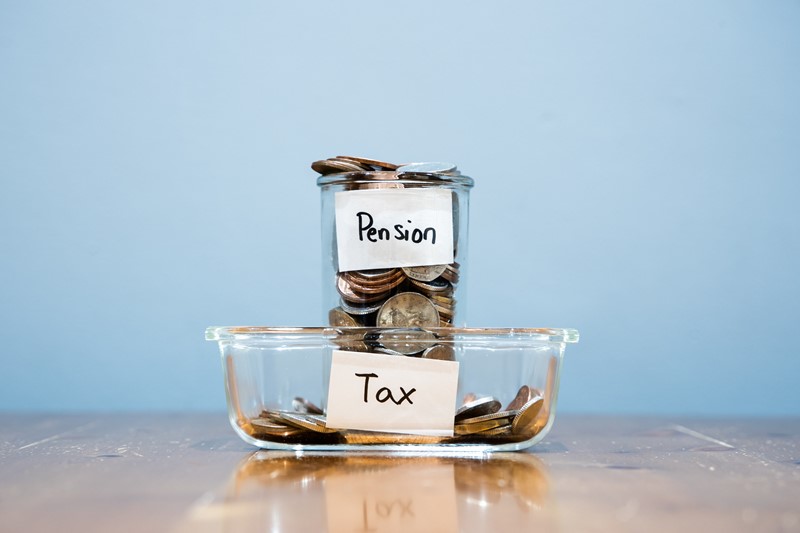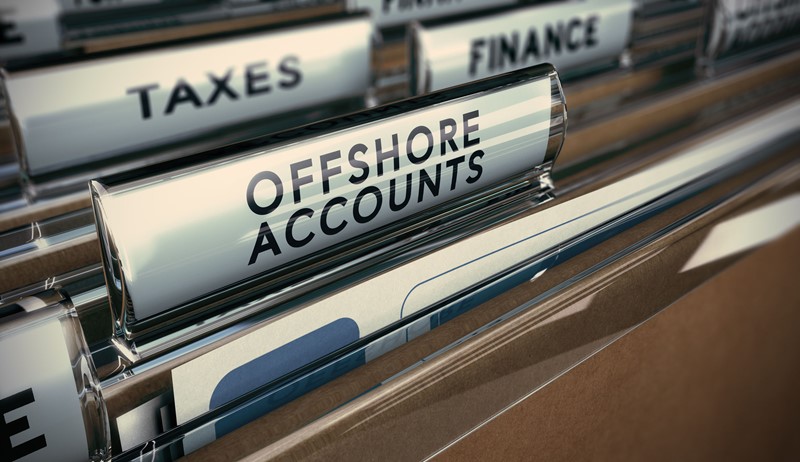It is possible for wealthier taxpayers to make tax exempt gifts and payments that are funded as normal expenditure out of income. This is a very flexible exemption from IHT as there are no specific requirements, for example by making fixed regular gifts to the same person. With proper planning this can be a very useful tool including enabling grandparents to help pay school fees for their grandchildren.
However, careful consideration has to be given to ensure that these payments form part of the transferor’s normal expenditure and is made out of income and not out of capital. The person gifting the money must also ensure that they are left with enough money for them to maintain their normal standard of living out of their regular income after making the gift.
HMRC’s internal manual states that although the normal expenditure gifts must have left the transferor with ‘sufficient income’ to maintain their usual standard of living, they do not need to have actually used this for living expenses. The transferor may in fact choose to use capital to meet their living expenses and use the income remaining, after making the gifts, for some other purpose. It is enough, for the exemption to apply, that the income was enough to meet both the normal expenditure gifts and the usual living expenses.
If the income that is left after making the gifts is not enough to meet the usual living expenses, the exemption is not available in full, but part of the gifts may still qualify for the exemption.












